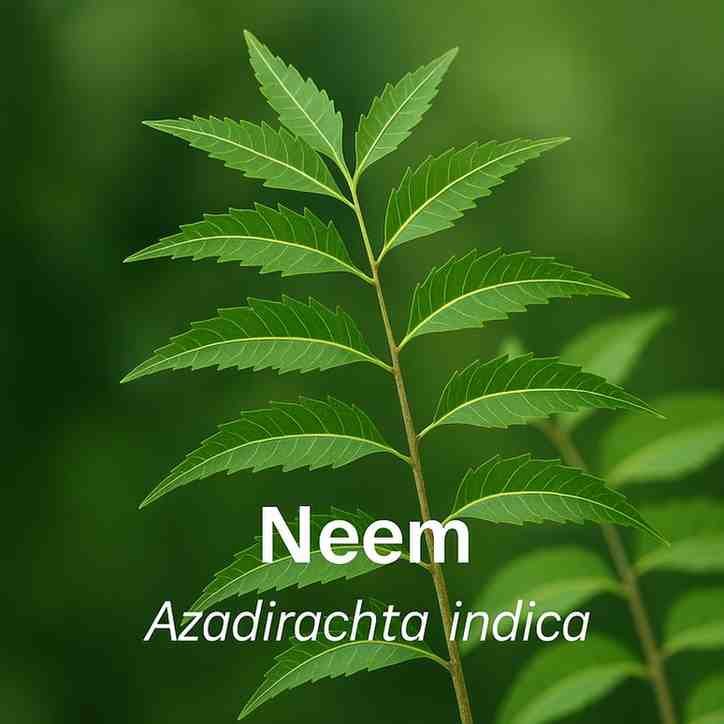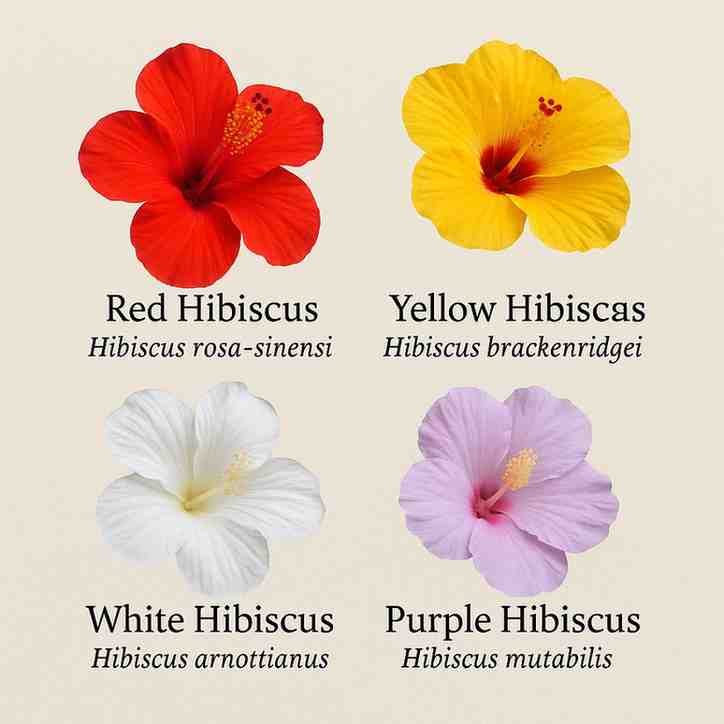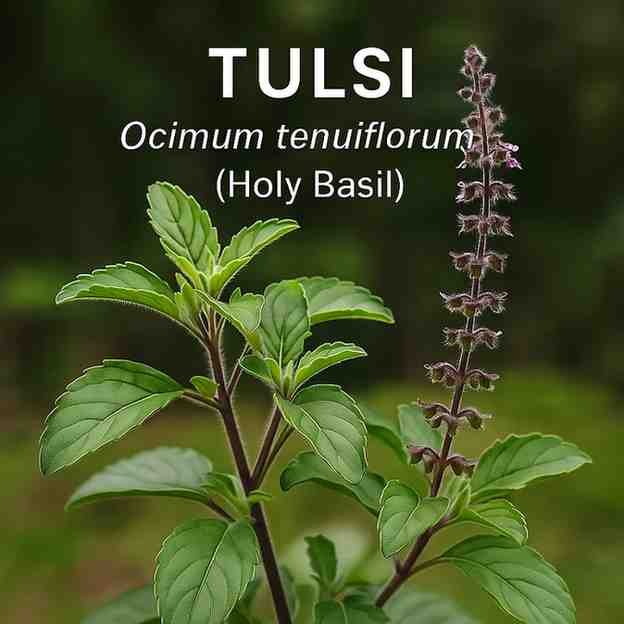What is the scientific name of neem plant? The neem scientific name is Azadirachta (genus).
Neem trees are fast-growing and evergreen plants with very effective medicinal properties. They have deep roots in traditional medicine. This evergreen, or Azadirachta indica, has been known for centuries as a supporter of health, crop protection, and environmental purification. It has blessed mankind with everything from its bitter leaves to its fragrant white flowers.
In this article, we will review the scientific name of neem, its uses, benefits, and key characteristics, such as leaves, flowers, and tree type.
Table of Contents
What is the scientific name of neem?
The scientific name of neem is Azadirachta indica. This name is well-recognized in international botanical and medical references. The term “Azadirachta” is derived from the Persian ‘Azad-darkht’, meaning great tree, and the indica indicates an Indian origin.
How to Pronounce Neem Scientific Name
- Azadirachta: /ˌæz.ə.dɪˈræk.tə/
- indica: /ˈɪn.dɪ.kə/
- Full Pronunciation: /ˌæz.ə.dɪˈræk.tə ˈɪn.dɪ.kə/
- English Pronunciation:
Knowing the correct pronunciation of scientific names enhances professionalism when discussing botanical or medicinal topics.
Biological Classification of Neem Tree
| Rank | Name |
|---|---|
| Kingdom | Plantae |
| Clade | Angiosperms |
| Order | Sapindales |
| Family | Meliaceae |
| Genus | Azadirachta |
| Species | indica |
Neem is part of the mahogany family and is known for its bitter compounds and medicinal properties.
Neem Tree Description
It is a fast-growing evergreen tree considered drought-, pest-, and disease-resistant.
General Characteristics Neem Tree:
- Height: 15 to 20 m (49 to 66 ft).
- Trunk Diameter: Up to 1.2 m.
- Canopy: Spreading; provides very dense shade.
- Root System: Deep taproot with numerous fibrous secondary roots.
Bark and Wood:
- Rough and deeply fissured bark
- Colored dark brown or grey
Wood is very strong, resistant to termite attacks, and commonly used in the manufacture of furniture and the construction of houses.
Benefits and Uses of Neem Leaves
Neem leaves are one of the most medicinally important constituents of the plant.
Structure of Neem leaves:
- Shape: Pinnate-feather-like
- Color: Dark green
- Taste: Extremely bitter.
Medicinal Uses of Neem Leaves:
- Purifies the blood
- Cure for acne and skin infections
- Control blood sugar
- Used in capsules, teas, powders, and oils from neem
For External Use:
- Crushed leaves for face packs
- Boiled leaves to bathe in skin rashes.
Neem Flowers: Botanical Info and Benefits

Description:
- Color: White or pale yellow
- Size: Small, fragrant
- Season: Spring (March–April)
Uses:
- Used in Ayurvedic medicine
- Helps treat intestinal worms and nausea
- In some regions, neem flowers are added to traditional dishes
Neem Fruits and Seeds
Description:
- Shape: Oval drupe
- Color: Green when raw, yellow when ripe
- Seed: Contains the neem kernel, which yields neem oil
Uses of Neem Fruit and Seeds:
- Neem oil is extracted and used in cosmetics, soaps, and medicines
- Cake from neem seed is used as a natural fertilizer and pest repellent
Types of Neem Plants and Species
Though Azadirachta indica is the main species, there are related species and variants:
| Type | Features |
|---|---|
| Common Indian Neem | Most widespread and medicinally active; used in Ayurveda |
| Miniature/Bonsai Neem | Grown in small pots; suitable for decorative or balcony planting |
| Thai Neem (Azadirachta excelsa) | Native to Southeast Asia; taller tree, less bitter leaves |
| Wild Forest Neem | Naturally growing in forests; hardy and pest-resistant |
| Dwarf Neem Variety | Shorter variety ideal for small spaces and containers |
| Hybrid Neem | Cultivated for faster growth and high oil content in seeds |
| White Neem (Pale Leaf) | Rare with lighter green or whitish leaves; similar benefits |
| Medicinal Neem Cultivar | Specially selected for medicinal product production |
Neem Habitat and Geographic Distribution
Neem originates from the Indian subcontinent but has now spread globally due to its flexibility and benefits.
Native Countries:
- India
- Pakistan
- Bangladesh
- Sri Lanka
Internationally Grown In:
- Africa
- Southeast Asia
- Australia
- Caribbean and South America
Ideal Growing Conditions:
- Temperature: 21–32°C (70–90°F)
- Rainfall: 400–1200 mm/year
- Soil: Sandy to loamy, well-drained
Common Names of Neem in Different Languages
| Language | Name (Native Script) | Simple English / Pronunciation |
|---|---|---|
| English | Neem | Neem |
| Hindi | नीम | Neem |
| Urdu | نیم | Neem |
| Tamil | வேம்பு | Vembu |
| Bengali | নিম | Neem |
| Telugu | వేప | Vepa |
| Arabic | النيم | Al-Neem |
Medicinal Uses of Neem
Neem is used in Ayurveda, Unani, and Siddha.
Top Medical Applications:
- Skin: eczema, psoriasis, acne
- Digestion: ulcers, constipation
- Blood: purification and detoxification
- Immunity: enhanced activity of white blood cells.
Neem in Modern Medicine:
- Bactericidal gels
- Fungicidal preparations
- Herbal medicines.
Cosmetic and Beauty Uses
Neem is a constant ingredient in natural cosmetics.
Used In:
- Creams against acne
- Dandruff shampoos
- Herbal soaps
- Toothpaste and mouthwash
Its antibacterial and antifungal properties make it a good ingredient for natural skin products.
Agricultural Uses of Neem
Neem is a friend for farmers.
Main Agricultural Applications:
- Nature’s pesticide, neem oil
- Organic fertilizers from neem cake
- Repels insects by harming no soil microorganisms
- Controls over 200 pests, including whiteflies and aphids.
The Chemical Composition of Neem
Neem contains more than 140 active compounds, including:
- Azadirachtin: a potent insect repellent
- Nimbin and Nimbidin: anti-inflammatory agents
- Gedunin: antimalarial and antifungal
- Salannin: a mosquito repellent
These confer upon neem one of the highest biochemically endowments among all medicinal plants known to humankind.
Benefits of Neem – At a Glance
| Area | Benefits |
|---|---|
| Skin | Clears acne, eczema, and fungal infections |
| Hair | Reduces dandruff, strengthens roots |
| Blood | Detoxifies and purifies |
| Dental | Prevents plaque, freshens breath |
| Agriculture | Natural pesticide, soil enhancer |
| Environment | Air purifier, shade provider |
The Conclusion
Azadirachta indica is the Latin name for neem, a tree that has probably one of the strongest curative activities bestowed by nature. Be it leaves, flowers, oils, seeds, or bark parts of this tree, they find utility in health, agriculture, or cosmetics.
Its sustained use in traditional medicine and rising usage in the modern world would exemplify its evergreen importance.
If neem can fight insects and cure diseases, it is truly a botanical multitool.
Also Read:
- Tomato Scientific Name, Types, Uses, Benefits, and Plant
- Scientific Names of Common Plants: Flowers, Herbs, and Trees
- Scientific Names of Vegetables: Cruciferous, Leafy, and Root List
- Tulsi Scientific Name, Uses, Benefits, and Holy Basil Types
Frequently Asked Questions (FAQs)
What is the neem scientific name?
Azadirachta indica is the biological name for a neem tree.
Is neem safe to consume daily?
Yes, in moderate amounts, neem is safe. Excessive use can cause liver stress or hormonal imbalances.
Can neem cure skin diseases?
Neem helps treat, soothe, and manage skin conditions such as eczema, acne, and ringworm.
What part of the neem is used for oil?
Neem seeds are crushed to extract neem oil, which is rich in azadirachtin.
How long does neem live?
Neem trees can live for 100-150 years in ideal tropical conditions.


I like what you guys are up also. Such intelligent work and reporting! Keep up the superb works guys I’ve incorporated you guys to my blogroll. I think it will improve the value of my website 🙂